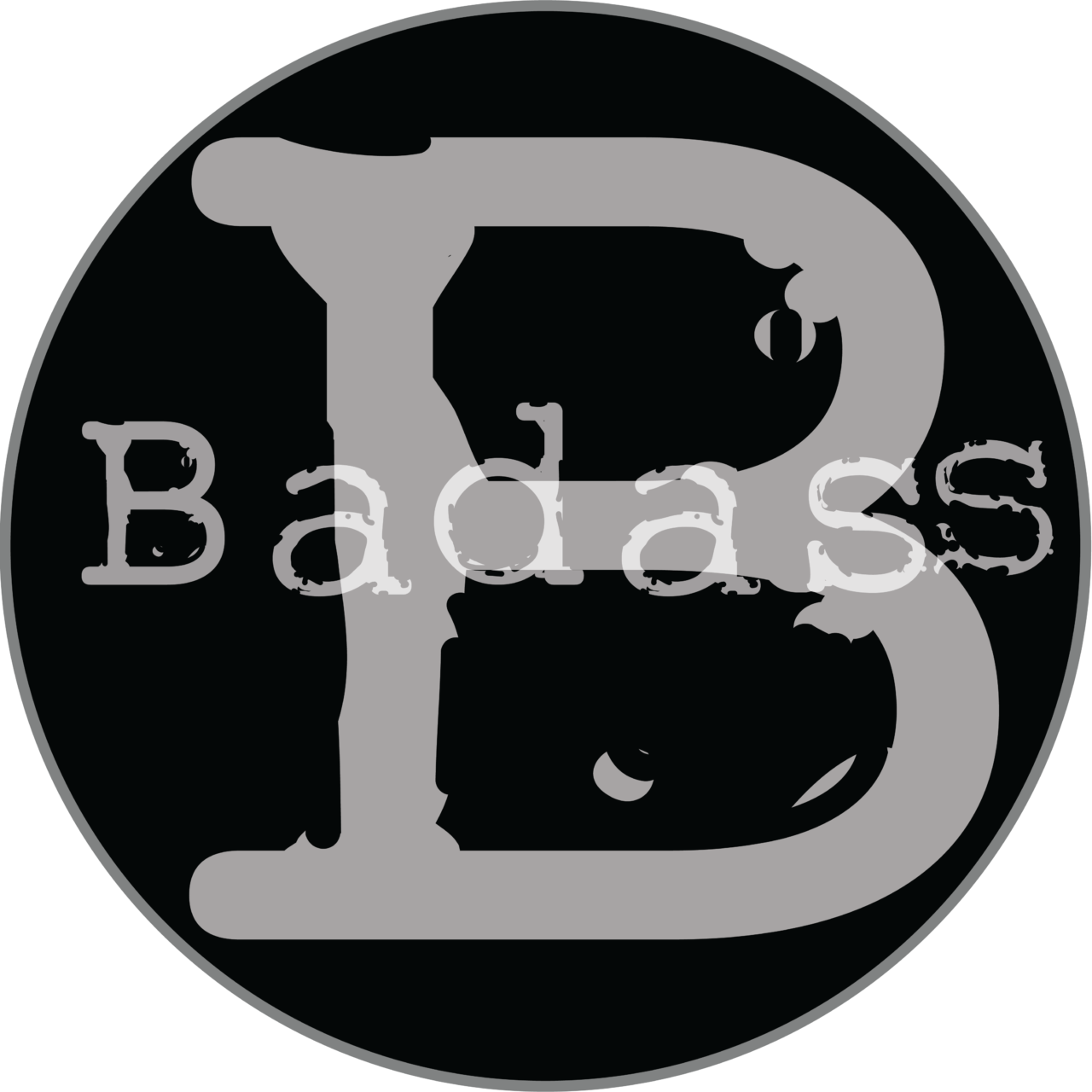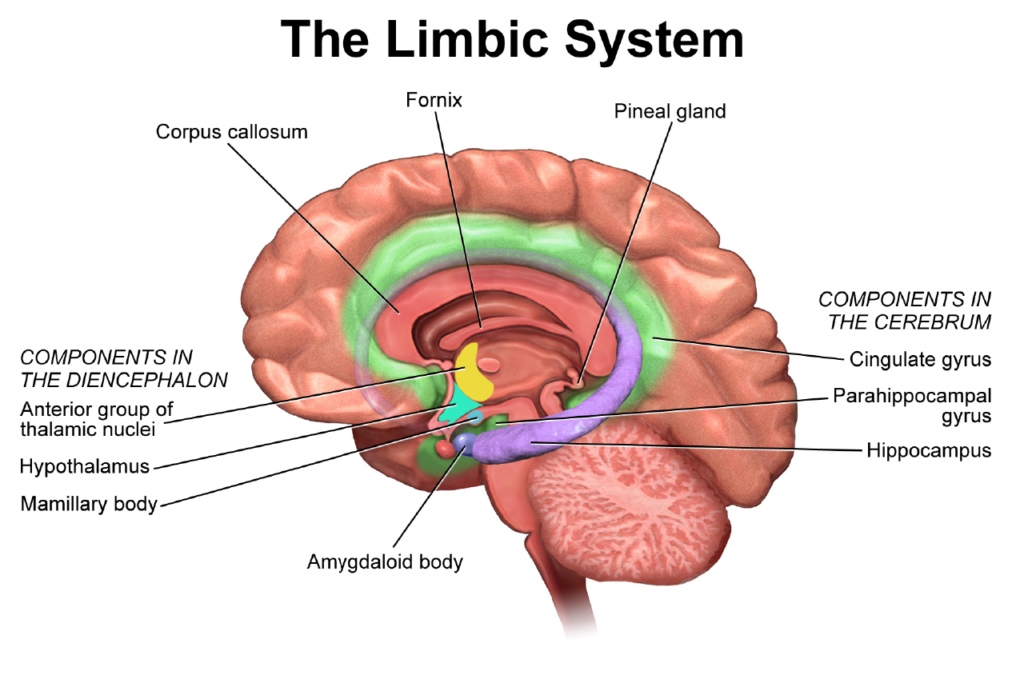If you’ve been stalking the Facebook or Reddit groups or almost any other online screenwriting resource, chances are you’ve run across the “show don’t tell” axiom.
It’s everywhere, including university screenwriting classes and major studio boardrooms. And for good reason. The obvious takeaway is that by making the effort to write visually allows your story to present as more colorful or vivid and avoids “on-the-nose” exposition.
We’ve even written about how to accomplish this in the blog piece Show Don’t Tell, but what does that mean?
But why? I wanted to know the reason behind the maxim. So I did some research. And what I found from my digging surprised me a bit, but makes complete sense.
Like a lot of writers, I’m a bit of a nerd. I’m rarely satisfied just accepting that something works. I need to understand why it works. If I had a nickel for every endless research rabbit hole I’ve been down, or a dime for every hour spent exploring them, I’d have a massive pile of nickels and dimes. I needed to know why using literary visuals works so well.
Here’s what I discovered about the Limbic System in our brains
Images, both those we see and those we imagine, activate a specific area in our brains called the limbic system. This brain-based system, which includes the hippocampus and amygdala, is primarily activated in fight-or-flight situations. Its job is to send signals to the rest of our brain so we make the right decision based on the circumstances (input).
What I found fascinating from my research is that this communication is completely non-verbal. It responds to neither basic inputs such as speech nor to passive images. But when it receives vivid or intense input, it reacts in a way that is truly riveting. It adjusts our emotions.
Amazing. The brain’s limbic system responds to non-verbal stimuli and stokes fear or arousal or happiness or grief, et cetera. This emotional shift then causes a chain reaction. Following the change in emotion, the cognitive part of our brain triggers our muscles and our decisions.
So for example, when we see a threat –say, a giant grizzly bear in our path while hiking– we immediately respond with a feeling of fear, which cues our brains to decide whether to flee or fight.
See where this is headed?
Yes, believe it or not, when we “create an image” with words, by describing it through our writing, our limbic system treats the image in much the same way as it does a grizzly bear-like physical experience. When the corresponding emotion is positive, our limbic system can make us decide incredible things. Like, buy that book, or watch that movie. Or finish that screenplay.
So, next time you’re wrestling with a block of action or snippet of dialogue, think about how it might affect your next reader’s brain and limbic system. Paint a picture in your future readers’ heads that’s deliberately designed to trigger their emotions. Their brains will automatically do the rest.


